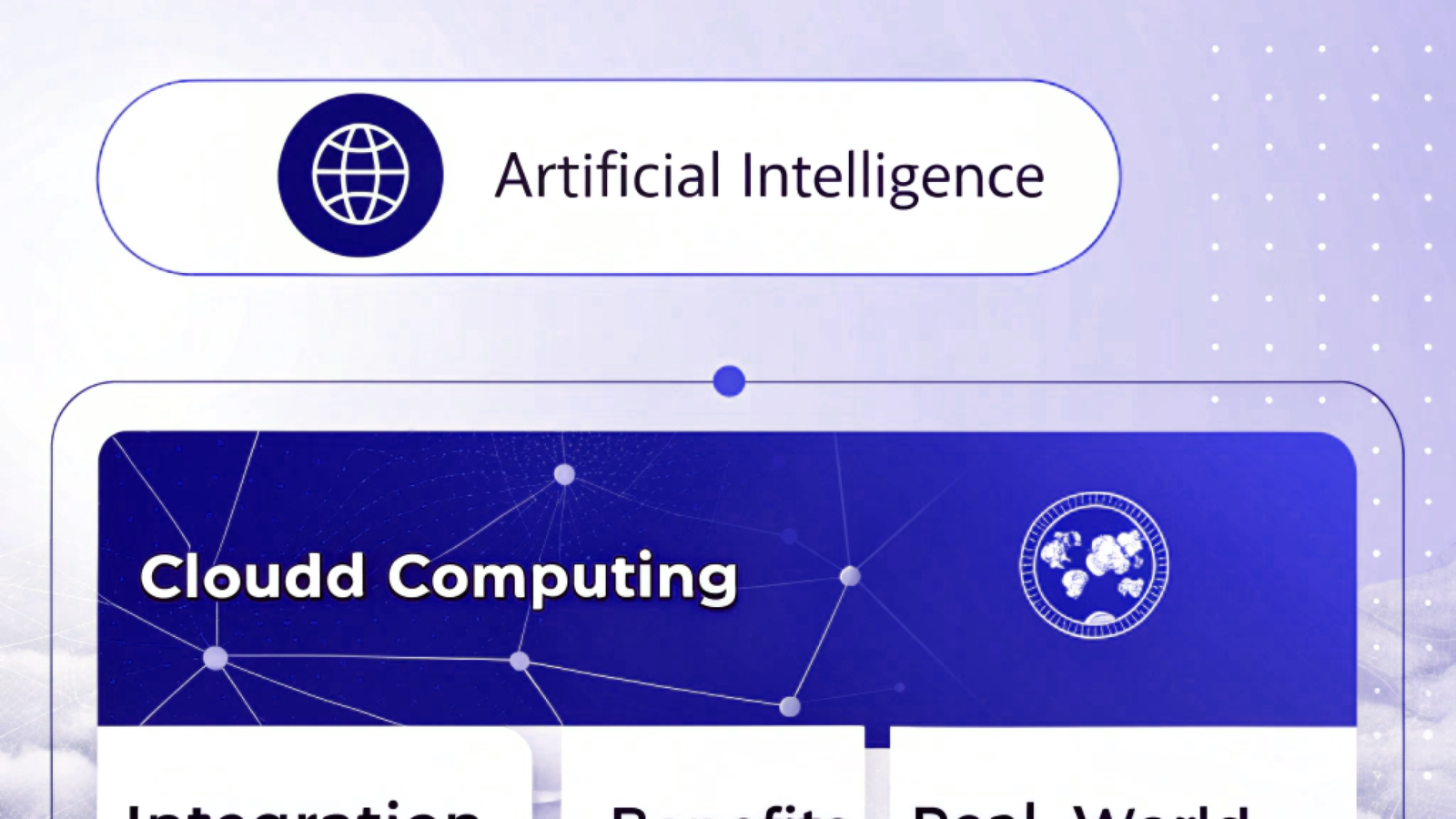Currently Empty: ₹0.00
Types of Hacking: Cyber Threats and Protection Guide in 2025

Understanding the Different Types of Hacking: A Comprehensive Guide for Aspiring Cybersecurity Professionals
In today’s digitally driven world, cybersecurity has become a critical concern for individuals, businesses, and governments alike. With the rise of cyber threats, understanding the types of hacking is essential for anyone looking to build a career in cybersecurity or simply protect their digital assets. At Cambridge Infotech, we believe in empowering learners with the knowledge and skills needed to tackle real-world challenges. In this blog, we’ll dive deep into the various types of hacking, their implications, and how you can safeguard yourself against them.
What is Hacking?
Hacking refers to the act of exploiting vulnerabilities in computer systems, networks, or software to gain unauthorized access, manipulate data, or disrupt operations. While hacking is often associated with malicious intent, it’s important to note that not all hacking is bad. Ethical hacking, for instance, is a legitimate practice used to identify and fix security flaws. For more on ethical hacking, check out this guide by EC-Council.
The Different Types of Hacking
Hacking can be categorized into several types based on the intent, method, and target. Let’s explore the most common types of hacking in detail:
Ethical Hacking (White Hat Hacking)
Ethical hacking is the practice of using hacking techniques to identify and fix security vulnerabilities in a system. Ethical hackers, also known as white hat hackers, work with organizations to strengthen their cybersecurity defenses. They use the same tools and methods as malicious hackers but with permission and for a constructive purpose.
- Purpose: To improve security.
- Examples: Penetration testing, vulnerability assessments.
- Career Opportunity: Ethical hacking is a highly sought-after skill in the cybersecurity industry. At Cambridge Infotech, we offer specialized courses to help you become a certified ethical hacker. Learn more about ethical hacking careers from Cybrary.
Black Hat Hacking
Black hat hackers are the villains of the digital world. They exploit vulnerabilities for personal gain, financial profit, or malicious intent. Their activities are illegal and can cause significant harm to individuals and organizations.
- Purpose: To steal data, disrupt systems, or cause damage.
- Examples: Data breaches, ransomware attacks, identity theft.
- Prevention: Regular system updates, strong passwords, and advanced security measures. For tips on preventing black hat hacking, visit CISA’s Cybersecurity Tips.
3. Gray Hat Hacking
Gray hat hackers fall somewhere between ethical and black hat hackers. They may exploit vulnerabilities without permission but often disclose them to the affected organization afterward. While their intentions may not always be malicious, their methods are still illegal.
- Purpose: To expose vulnerabilities, often without malicious intent.
- Examples: Unauthorized penetration testing, public disclosure of flaws.
- Implications: Legal consequences despite potentially positive outcomes. Learn more about gray hat hacking from Kaspersky.
Script Kiddies
Script kiddies are amateur hackers who use pre-written scripts or tools to launch attacks. They lack in-depth technical knowledge and often target low-security systems for fun or notoriety.
- Purpose: To gain attention or cause minor disruptions.
- Examples: Defacing websites, launching DDoS attacks.
- Prevention: Basic cybersecurity measures can often thwart script kiddies. For more on script kiddies, check out TechTarget.
Hacktivism
Hacktivism is the use of hacking to promote political or social causes. Hacktivists target organizations or governments they perceive as unjust, often leaking sensitive information or disrupting services.
- Purpose: To advocate for a cause or raise awareness.
- Examples: Anonymous group activities, WikiLeaks.
- Implications: Can lead to significant reputational damage for targeted entities. Learn more about hacktivism from CSO Online.
State-Sponsored Hacking
State-sponsored hacking involves governments or nation-states funding hackers to conduct cyber espionage, sabotage, or warfare. These attacks are highly sophisticated and often target critical infrastructure or sensitive data.
- Purpose: To gain political, military, or economic advantages.
- Examples: Stuxnet, election interference.
- Prevention: Advanced threat detection and international cooperation. For more on state-sponsored hacking, visit FireEye.
Phishing and Social Engineering
Phishing is a type of hacking that relies on deception rather than technical exploits. Hackers trick individuals into revealing sensitive information, such as passwords or credit card details, through fake emails, websites, or messages.
- Purpose: To steal personal or financial information.
- Examples: Fake login pages, email scams.
- Prevention: Educating users and implementing email filtering systems. Learn how to spot phishing attacks from Phishing.org.
Malware-Based Hacking
Malware-based hacking involves using malicious software to infiltrate systems, steal data, or cause damage. Common types of malware include viruses, worms, trojans, and ransomware.
- Purpose: To compromise systems or extort victims.
- Examples: WannaCry ransomware, Zeus trojan.
- Prevention: Antivirus software, regular system scans. For more on malware prevention, visit Malwarebytes.
Password Hacking
Password hacking is the process of cracking or guessing passwords to gain unauthorized access to accounts or systems. Techniques include brute force attacks, dictionary attacks, and credential stuffing.
- Purpose: To gain unauthorized access.
- Examples: Breaking into email accounts, social media profiles.
- Prevention: Using strong, unique passwords and multi-factor authentication. Learn how to create strong passwords from NIST Guidelines.
SQL Injection
SQL injection is a technique used to exploit vulnerabilities in web applications that use SQL databases. Hackers inject malicious SQL code to manipulate or extract data.
- Purpose: To steal or manipulate database information.
- Examples: Data breaches, unauthorized data access.
- Prevention: Input validation and secure coding practices. Learn more about SQL injection from OWASP.
Why Understanding Types of Hacking Matters
Understanding the types of hacking is crucial for several reasons:
- Protection: Knowledge of hacking techniques helps individuals and organizations implement effective security measures.
- Career Growth: Aspiring cybersecurity professionals can specialize in areas like ethical hacking, penetration testing, or threat analysis.
- Awareness: Awareness of hacking methods can prevent falling victim to cyberattacks.
How Cambridge Infotech Can Help You
At Cambridge Infotech, we offer cutting-edge courses designed to equip you with the skills needed to combat cyber threats. Whether you’re interested in ethical hacking, network security, or cybersecurity fundamentals, our expert-led programs provide hands-on training and industry-recognized certifications.
- Courses We Offer:
- Certified Ethical Hacker (CEH)
- Advanced Penetration Testing
- Cybersecurity Fundamentals
- Network Security and Defense
- Why Choose Us:
- Industry-experienced instructors.
- Practical, real-world scenarios.
- Job placement assistance.
People Also Ask
Here are some common questions related to types of hacking that people often search for:
What are the 3 types of hacking?
The three main types of hacking are ethical hacking (white hat), black hat hacking, and gray hat hacking.
What are the 5 faces of hacking?
The five faces of hacking include ethical hacking, black hat hacking, gray hat hacking, hacktivism, and state-sponsored hacking.
Is it illegal to be a hacker?
It depends on the intent. Ethical hacking is legal when performed with permission, while black hat hacking is illegal.
How many types of ethical hacking are there?
Ethical hacking can be categorized into various types, such as penetration testing, vulnerability assessment, and network security testing.
What are the types of hacking in cybersecurity?
Common types include phishing, malware-based hacking, password hacking, and SQL injection.
What are the types of hacking courses available?
Courses like Certified Ethical Hacker (CEH), Penetration Testing, and Cybersecurity Fundamentals are popular.
Where can I find a types of hacking PDF?
Many online resources and cybersecurity training platforms, including Cambridge Infotech, provide downloadable PDFs on hacking types.
What are the most common types of hacking attacks?
Phishing, ransomware, DDoS attacks, and SQL injection are among the most common.
What are the types of hacking in ethical hacking?
Ethical hacking includes network hacking, web application hacking, and wireless network hacking.
What are the 4 types of hackers?
The four types are white hat, black hat, gray hat, and script kiddies.
How to prevent hacking?
Use strong passwords, enable multi-factor authentication, keep software updated, and educate yourself about phishing scams.
What are the effects of hacking?
Hacking can lead to data breaches, financial loss, reputational damage, and legal consequences.
Conclusion
The world of hacking is vast and ever-evolving. By understanding the types of hacking, you can better protect yourself and others from cyber threats while exploring exciting career opportunities in cybersecurity. At Cambridge Infotech, we’re committed to helping you stay ahead in this dynamic field. Enroll in our courses today and take the first step toward becoming a cybersecurity expert.
FAQs
What is the most common type of hacking?
Phishing and social engineering are among the most common due to their reliance on human error rather than technical exploits.
Can hacking be legal?
Yes, ethical hacking is legal when performed with permission to identify and fix security vulnerabilities.
How do I start a career in ethical hacking?
Begin by enrolling in a certified ethical hacking course, such as those offered by Cambridge Infotech, to gain the necessary skills and certifications.
What are the best tools for ethical hacking?
Popular tools include Nmap, Metasploit, Wireshark, and Burp Suite.
Learn more about
Artificial Intelligence (AI) operates by simulating human intelligence processes through machines, particularly computer systems. These processes include learning, reasoning, and self-correction. AI systems are powered by algorithms, which are sets of rules or instructions that the machine follows to perform tasks. Machine learning, a subset of AI, involves training algorithms with large amounts of data to recognize patterns and make decisions with minimal human intervention. Deep learning, a further subset of machine learning, uses neural networks with many layers to analyze various factors of data. AI applications range from simple tasks like voice recognition to complex ones such as autonomous driving and predictive analytics.
Ethical hacking, also known as penetration testing or white-hat hacking, involves authorized attempts to gain access to computer systems, networks, or data to identify security vulnerabilities. Unlike malicious hackers, ethical hackers operate with permission and aim to improve security by uncovering weaknesses before they can be exploited by cybercriminals. They use the same tools and techniques as malicious hackers but adhere to strict ethical guidelines and legal boundaries. Ethical hacking is crucial for organizations to protect sensitive information, maintain customer trust, and comply with regulatory requirements.
A thriving job market for digital marketing professionals. The city’s dynamic business environment, coupled with the growing emphasis on online presence, has led to a surge in demand for skilled digital marketers. Roles such as SEO specialists, content marketers, social media managers, and PPC experts are highly sought after across industries like IT, e-commerce, and startups. Companies in Bangalore are looking for professionals who can drive brand visibility, engage audiences, and optimize digital campaigns to achieve business goals.
A black hat hacker is an individual who engages in unauthorized access to computer systems, networks, or data with malicious intent. Unlike ethical hackers, black hat hackers exploit vulnerabilities for personal gain, financial theft, or to cause harm. Their activities often include stealing sensitive information, spreading malware, or disrupting services. Black hat hacking is illegal and poses significant risks to individuals, businesses, and governments. Understanding the tactics and motivations of black hat hackers is crucial for developing robust cybersecurity measures to protect against such threats.
The Certified Ethical Hacker (CEH) program is a globally recognized certification designed for professionals aiming to master the skills of ethical hacking. It equips individuals with the knowledge to identify, assess, and mitigate vulnerabilities in computer systems and networks, using the same techniques as malicious hackers but in a lawful and ethical manner. The CEH curriculum covers topics such as penetration testing, network security, and threat analysis, preparing candidates to defend organizations against cyber threats. This certification is highly valued in the cybersecurity industry and is ideal for those pursuing careers in information security.








